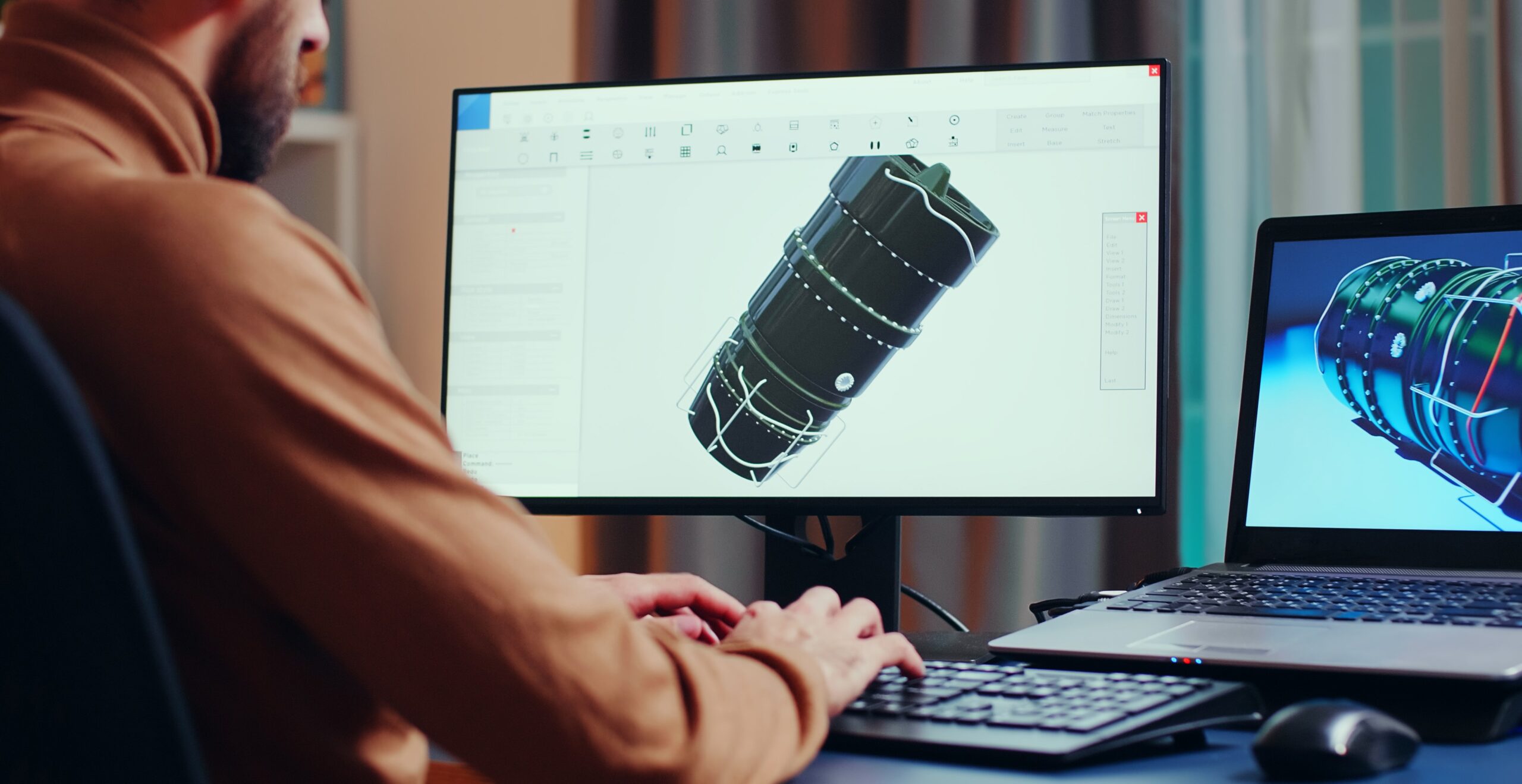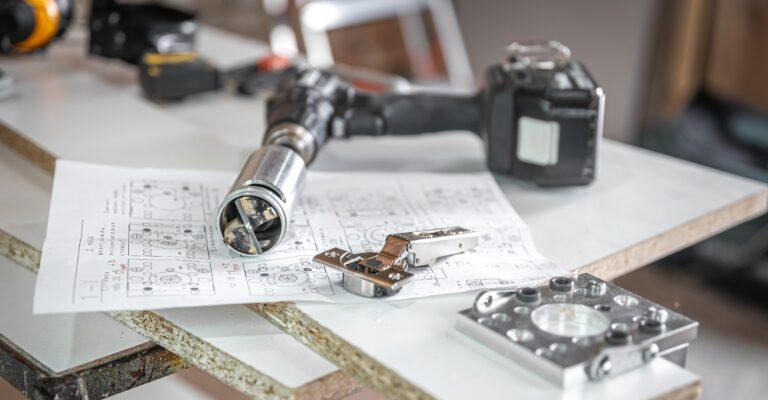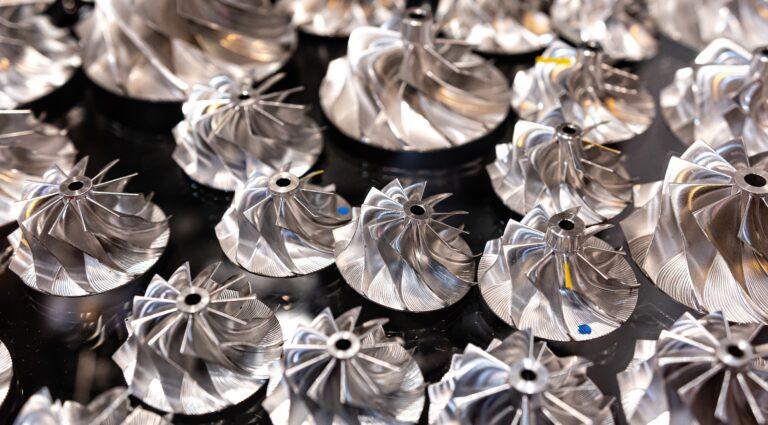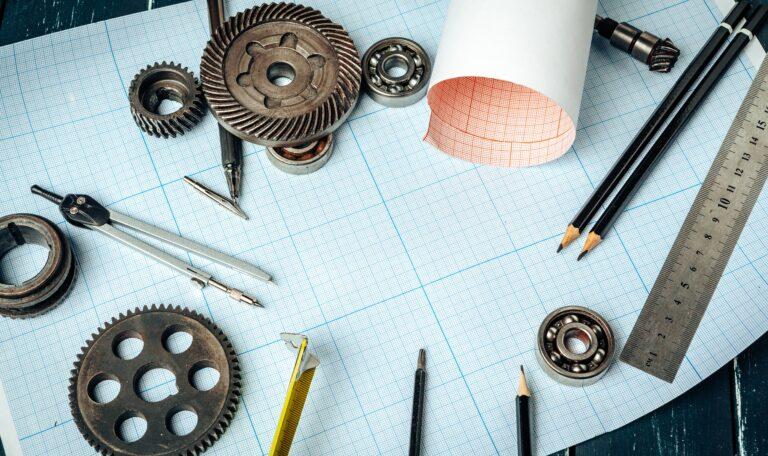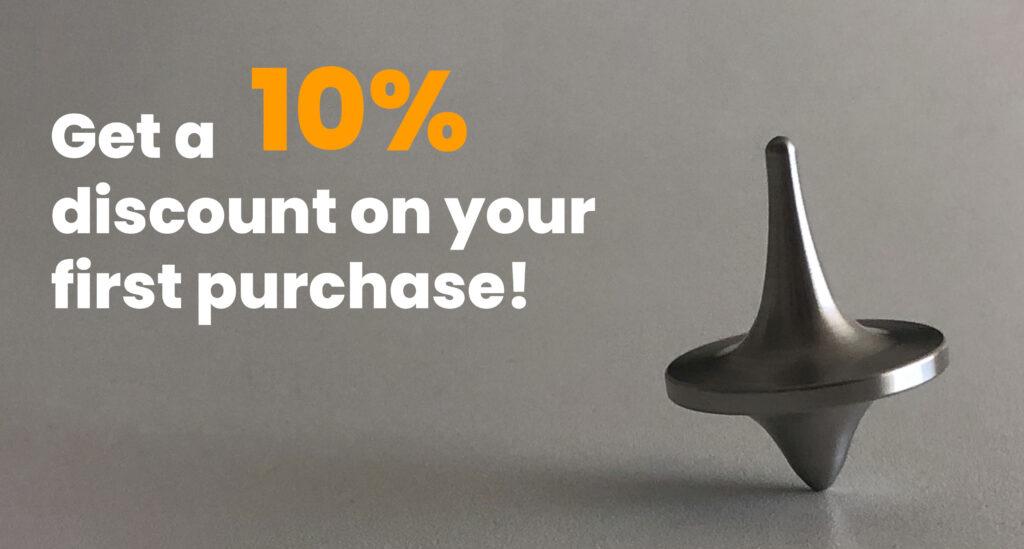Design optimization is a key tool for reducing costs in part and prototype manufacturing. Whether you work with CNC machining, 3D printing or other part manufacturing technologies, applying certain criteria from the design stage can make a big difference in time, budget and results.
The success of a good prototype depends not only on the chosen manufacturing technology, but also – and especially – on the design. Adjusting certain parameters in the modeling phase can significantly reduce production costs without compromising product functionality and performance. In addition, an optimized design facilitates manufacturing, speeds up lead times and minimizes downstream errors.
In this article we tell you how to apply key design principles to optimize your prototypes, save time and money, and accelerate product development without losing quality.
Simplifying geometries: less is more
A basic but powerful rule of thumb: the simpler the part, the more economical it is to manufacture. Geometries with deep cavities, very small internal radii or too thin walls pose a challenge in both CNC machining and 3D printing. These complexities require special tooling, increased manufacturing time or risks of deformation or breakage.
Reducing unnecessary elements, maintaining constant wall thicknesses and avoiding purely aesthetic details reduces machine time, makes better use of the material and avoids manufacturing errors. For example, in 3D printing, a design with poorly positioned supports can significantly increase printing time and cost.
Design with the technology you are going to use in mind.
Designing a part to be 3D printed is not the same as designing a part to be machined. Each technology has specific limitations that directly affect the design. In additive manufacturing, parts should be oriented to minimize supports, avoid long overhangs and take advantage of the freedom of complex shapes that this technique allows. On the other hand, in industrial machining, aspects such as tool accessibility, the number of axes required or the type of material must be considered.
Applying Design for Manufacturing (DFM) principles in the 3D design phase is key. Adapting the model to the chosen production technology will avoid costly redesigns and reduce both the time and budget required to obtain a working prototype.
Reducing parts and assemblies: integrating functions
Each additional component adds cost, both in manufacturing and assembly. If your design requires the assembly of several parts, consider whether some functions can be integrated into a single body. This not only reduces the number of processes, but also the risk of assembly errors or dimensional mismatches.
Especially in rapid prototyping, simplifying the assembly into a single geometry can make the difference between a working prototype delivered in days or a series of parts requiring manual adjustments. In addition, by reducing joints and moving parts, you also increase the reliability of the part for functional testing or presentation.
Choose the material according to the stage of development
The material influences both the cost and the functionality of the prototype. In early stages, it is not necessary to use the final material. You can opt for cheaper or easy-to-machine materials, such as standard technical plastics, which allow you to validate the design without incurring large costs. Later, when the model is validated, you can manufacture with final materials such as PA12 or even aluminum.
At Proto&Go! we offer a wide variety of materials and technologies for both professional 3D printing and CNC manufacturing, which allows us to adapt to the exact moment of your project and offer you the best quality/price option.
PROTO&GO!: Your online manufacturing partner
A well thought-out design is the basis of a successful prototype. At Proto&Go! we not only manufacture your ideas: we also help you to optimize them. Our technical team can advise you from the validation of your 3D model, propose cost-saving improvements and help you choose the most suitable technology and material.
Whether you work in a startup or an established R&D department, we can help you reduce costs without compromising the functionality and quality of your prototypes.
Request your quote now and receive your parts in 8 days!

